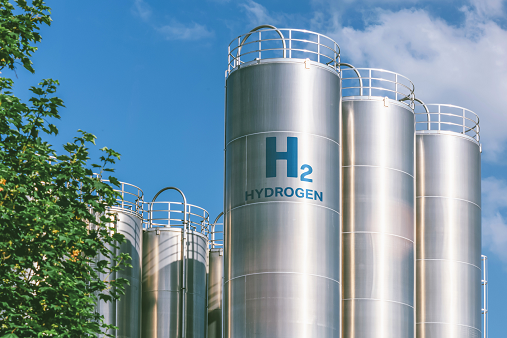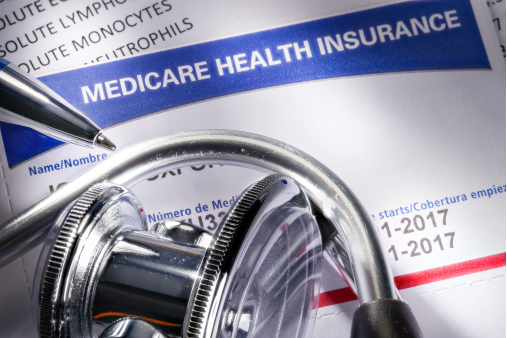At the end of 2019, the Food and Drug Administration (FDA) published a final order and a final amendment exempting several categories of medical devices from the premarket notification requirements of Section 510(k) of the Food, Drug & Cosmetic Act.
The 21st Century Cures Act required the FDA to publish lists of such devices in the Federal Register – within 120 days for Class I devices and within 90 days for Class II devices, and once every five years for both classes – identifying those devices that no longer require clearance. The FDA had published these lists in 2017 and with this move has made them final and incorporated them into its regulations.
Medical device firms should consider reviewing these lists to determine if any of their current or proposed products are now exempt, or if products for which a 510(k) application is pending are now exempt and within any exemption limitation.
The Class I list includes 70 devices, most of which are from 21 CFR Part 862, which governs clinical chemistry and clinical toxicology devices. The list also includes devices from 21 CFR Parts 864-Hematology and Pathology, 866-Immunology and Microbiology, 872-Dental, 876-Gastroenterology-Urology, 878-General and Plastic Surgery, 880-General Hospital and Personal Use, 882-Neurological, 884-Obstetrical and Gynecological, and 886-Ophthalmic.
The Class II list includes several pages of devices from 21 CFR Part 862, which governs clinical chemistry and clinical toxicology devices. Part of the reason for its length is that the exemption for several devices is limited to test systems intended for employment and insurance testing and does not include test systems intended for federal drug testing programs. Other exemptions are subject to additional limitations; for example, there is an exemption for an endoscopic magnetic retriever, but it limits the exemption to single use devices. The list also includes a multi-page table of radioallergosorbent (RAST) immunological tests, which fall under 21 CFR 866.5750, for specific allergens. Finally, the Class II list includes at least some devices from each of the other classifications under Parts 864-892.
The final order cautions that an exemption from the 510(k) process “does not mean that the device is exempt from any other statutory or regulatory requirements, unless such exemption is explicitly provided by order or regulation.” The FDA states that its initial determination that premarket notification is unnecessary to provide a reasonable assurance of safety and effectiveness for the listed devices is based, in part, on the assurance of safety and effectiveness provided by other regulatory controls, such as current good manufacturing practice requirements.
For more information, please contact the Barnes & Thornburg attorney with whom you work or Lynn Tyler, chair of the firm’s Food, Drug & Device group, at 317-231-7392 or lynn.tyler@btlaw.com.
© 2020 Barnes & Thornburg LLP. All Rights Reserved. This page, and all information on it, is proprietary and the property of Barnes & Thornburg LLP. It may not be reproduced, in any form, without the express written consent of Barnes & Thornburg LLP.
This Barnes & Thornburg LLP publication should not be construed as legal advice or legal opinion on any specific facts or circumstances. The contents are intended for general informational purposes only, and you are urged to consult your own lawyer on any specific legal questions you may have concerning your situation.













